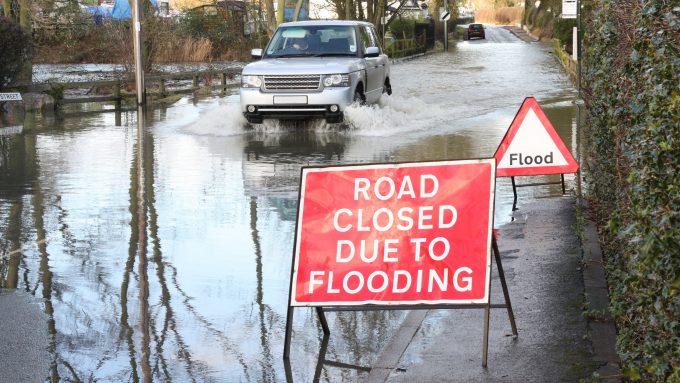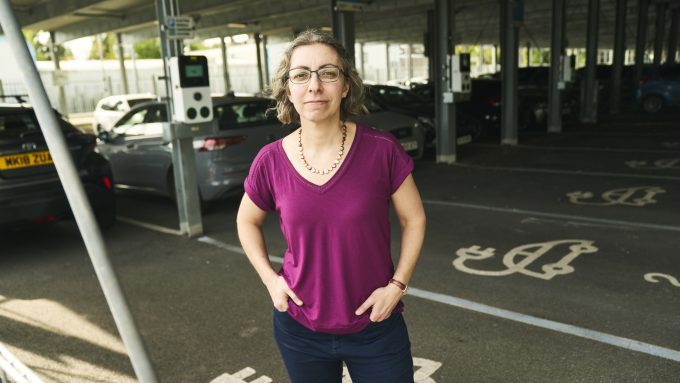
Paving the way to smart streets

In 2007, the Manual for Streets was published by the Department for Transport. It was to help local authorities create better places with local distinctiveness and identity. It also helped create a common reference point for all those involved in the design of residential neighbourhoods. The Manual for Streets has supported:
- civil engineering
- engineering and design of streetscapes
- become a crucial resource for local authorities
Huge advances in transport technology will deliver efficient and safer mobility quickly and cost-effectively. It is important Local Authorities understand the value of the solutions, and how to maximise the benefits. Therefore the Manual for Smart Streets has been born. This manual provides help to local authorities in using technology to deal with traffic management. This includes:
- how traffic signals will develop to connect to vehicles into the future
- how new sources of data can link into implementing other services in the local authority
- information for how people could move around, and
- providing a wider control and management of the network to the local authority
The manual will help local authorities understand the equipment and new technologies that are out there. It contains evidence about solutions that have been implemented, as well as evidence that they work based on knowledge that the new technology is proven.
It is widely accepted that these technologies are moving so fast it is challenging for Local Authorities Heads of Highways to keep up. In writing this manual, we acknowledge this. We have written it in such a way as to raise awareness of the technology on offer in delivering more efficient transport networks. It accepts that there are huge differences in:
- how much technology different authorities have
- their budget capabilities
- funding priorities
The Manual for Smart Streets is written in such a way as to explain the benefits of investing in technology. The benefits of how this can be paid for and how, starting at any base, things can be improved by embracing the solutions it offers.
The Manual contains a series of use cases. These address specific areas to assist in how to understand how an Authority might install the solutions in its own locality. It also addresses the arguments needed to build a business case for investment. We have initially identified the following use cases:
- Air Quality Management
- Transport Payment
- Asset Management
- EV Charging Information
- Parking Management
- Public Transport
- Mobility as a Service
- Traffic Management
- Road User Information
- Transport Data Management
- Signal Control
- Vulnerable Road Users’ Safety
The beta version, currently available on the Transport Technology Forum contains a service delivery cycle. This will take you through the different steps from:
- coming up with the concept of using technology
- understanding the business case
- understanding the structure and building the specification
- implementation and operation
It explains connectivity from different aspects of the technology to how data can get used from sources into systems to solve issues. My whole working life has been spent supporting local authorities in delivering technology in transport. I started off working with the traffic control systems, pliers in hand, implementing traffic control systems. I then went into consultancy helping different authorities implement their systems. Understanding how technology is moving, how to implement change has always been the issue. Whether it is operational or technological, that’s why the Manual for Smart Streets is so important.
To support the development of the manual, we've been conducting further research. We're conducting both focus groups as well as hosting a questionnaire. Please fill it in to help us ensure we are delivering what local authorities need. We’re writing the Manual for Smart Streets to make it the go to place for people in Local Authorities to look at. It doesn't contain detailed guidance, but signposts you to where the guidance is.
It will give you confidence to design digital urban infrastructure, sitting alongside the Manual for Streets. It will help our towns and cities harness the technological solutions we've worked hard to deliver.





